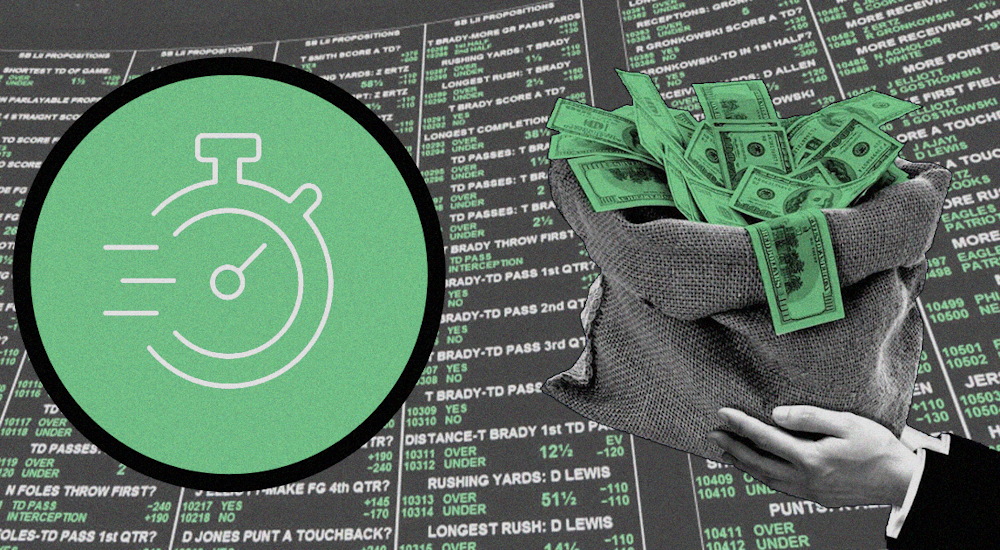It’s critical to understand the odds before you begin betting, whether it’s casino gambling, sports betting, or some other form. It would be absurd to consider placing bets without a firm grasp on the different forms of betting advantages and the ability to read and understand the various formats associated with them. In this article, betting payouts explained.
There is no distinction in payouts since these are just different methods of doing the same matter. This means that any of the above types of changes can be transformed and viewed from a chance (percentage probability) of an occurrence occurring.
Using Implied Probabilities to Convert Odds

- While odds appear to require complicated calculations, once you understand the three types of odds and how to translate the numbers into implied probabilities, the idea is easier to grasp.
- Fractional odds, also known as British odds or standard odds, are expressed as a fraction, such as 6/1, or as a ratio, such as six-to-one.
- The sum gained for every $1 wagered is represented by decimal odds. For example, if the chances of a horse winning are 3.00, the reward is $300 for every $100 wagered.
- American odds, also known as money line odds, are marked with a plus (+) or minus (-) symbol, with the plus sign indicating a lower chance case with a higher payoff.
- Conversions between the three forms of odds can be done using the software. Many online betting sites have the option to view the odds in the format of your choice. If you prefer to do the calculations by hand, the table below will help you convert odds using pen and paper.
- The bookmaker often adds a profit margin to these odds, so the payoff to the lucky punter is always less than what they could have got if the odds had accurately matched their chances.
- The bookmaker must accurately determine the true likelihood or chance of an outcome in order to put the odds on show in such a way that the bookmaker gains regardless of the outcome of the case.
- You’ll find that the overall probability of these events is 104.76 percent (71.43 percent + 33.33 percent). Isn’t this incompatible with the requirement that the number of all probabilities equal 100 percent? This is due to the fact that the shown odds are not accurate.
- The additional 4.76 percent over 100 percent reflects the bookmaker’s “over-round,” or the future benefit if the bookie allows the bets in the correct proportion. If you bet on both players, you are losing $104.76 in exchange for $100. No matter which team wins, the bookie will take in $104.76 and plan to pay out $100 (including the stake), making them an estimated profit of 4.5 percent (4.76/104.76). The odds have a built-in advantage for the bookie.
- According to a study published in the Journal of Gambling Studies, the more hands a player wins, the less money he or she is likely to win, especially for inexperienced players. That’s because multiple victories are more likely to result in small stakes, requiring you to play more, and the more you play, the more likely you are to suffer from occasional and significant defeats.

